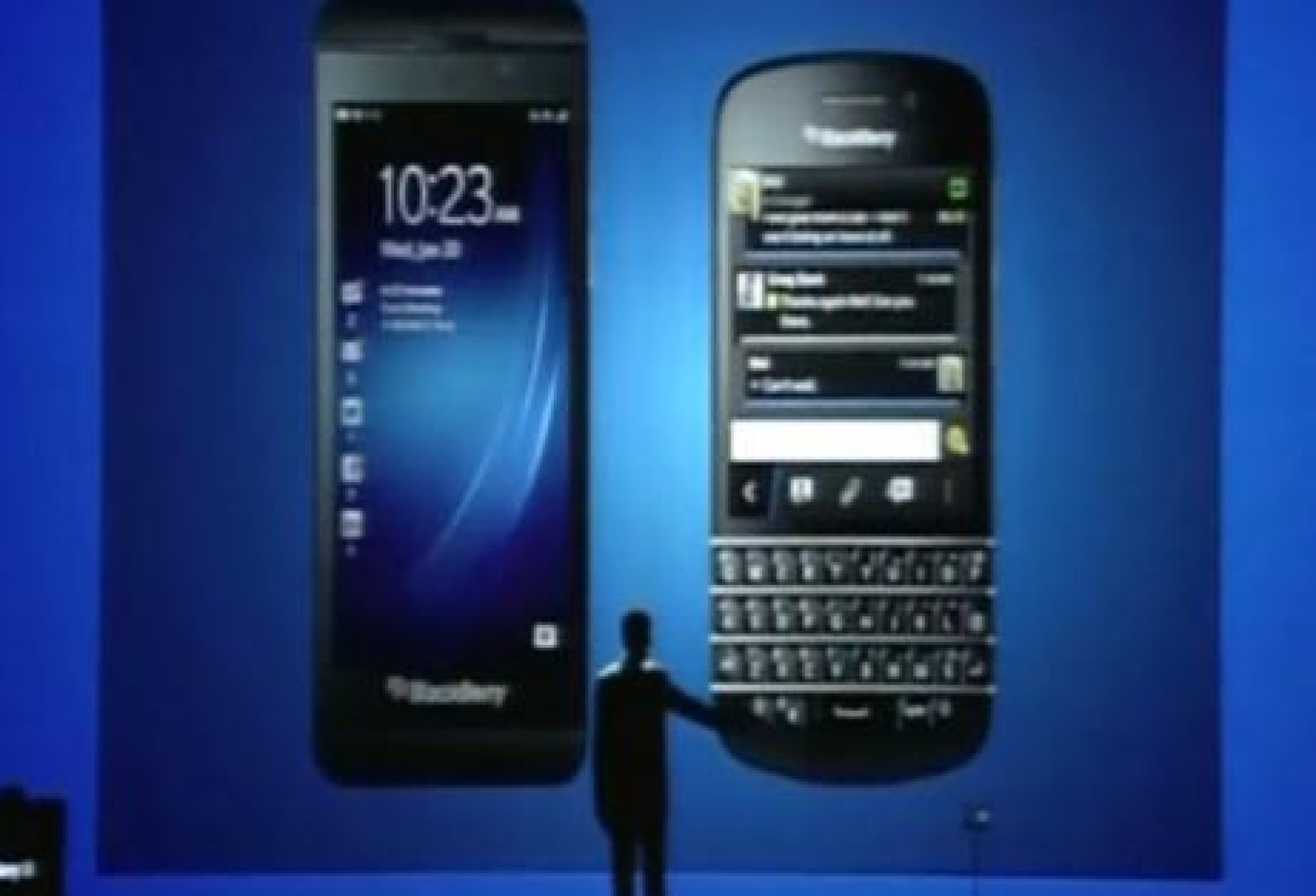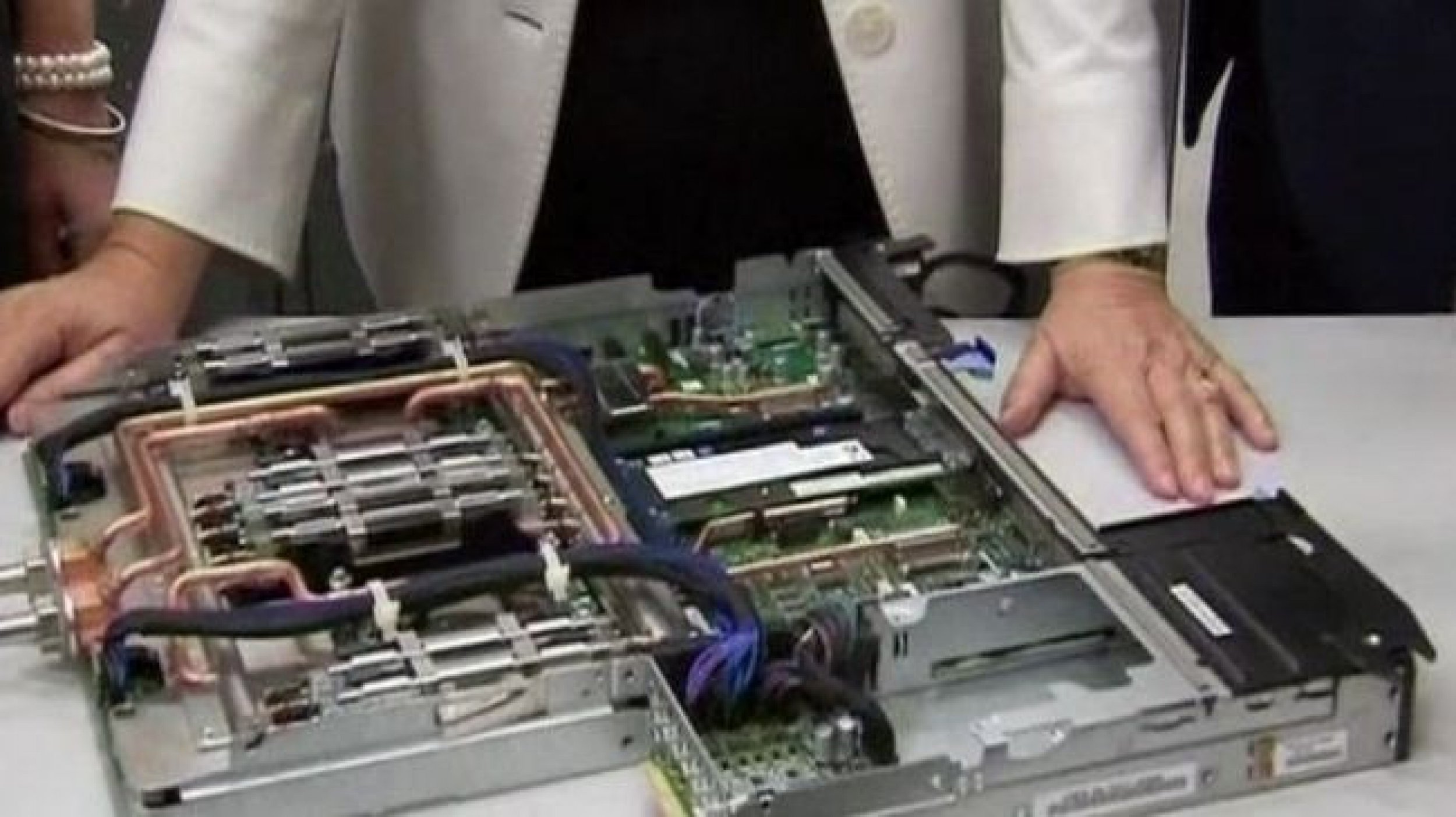Apple iPhone 5 May Feature Lighter, Thinner 'Liquid Metal' Build; Release Date, Launch In June 2012 [REPORT]
Apple may make its next iPhone considerably thinner and lighter thanks to some recently-licensed patents for liquid metal, which the company acquired in 2010 from Delaware-based Liquidmetal Technologies. The report comes from a Korean publication called ETNews, which cites industry sources.
The next flagship phones of [Apple and Samsung] are expected to adopt unprecedented materials for their main bodies, that is, ceramic for the Galaxy S3 and liquid metal for iPhone 5, both being thin, light and highly resistant to external impacts, said ETNews' Kim In-Soon. The new phase of the rivalry is because neither one of them can get a decisive edge over the other solely with its OS and AP specifications, features or design.
Apple acquired the licensing rights to various patented amorphous metal alloys from Liquidmetal Technologies in August 2010, but ETNews claims Apple will create a liquid metal alloy of zirconium, titanium, nickel and copper to create an outer surface smooth like liquid.
ETNews added that the iPhone 5 is expected to make its debut at the Worldwide Developers Conference (WWDC) in San Francisco in June.
While it's unclear if this latest rumor can be trusted, previous reports also said Apple would release the iPhone 5 in June. In March, Reuters reported that Apple plans to unveil the next iPhone around the second quarter of 2012. While this report would mean a release in June or July, it did contradict an earlier report from Japanese blog Macotakara, which believed, citing inside sources from the supply chain, Apple would release the iPhone 5 in September or October, effectively abandoning mid-year iPhone launches for a 11-month upgrade cycle starting in the fall.
Macotakara's report of a fall release date is bolstered by iMore's editor-in-chief Rene Ritchie, who said on March 23 that the iPhone 5 will be released in October 2012. Ritchie has a solid track record with Apple news. Last August, Ritchie correctly reported Apple's next iPhone would be unveiled in the first week of October and would be called iPhone 4S, while all other reporters at the time called the speculative device the iPhone 5. Ritchie also correctly pegged the new iPad's unveiling on March 7.
Apple's last iPhone, the iPhone 4S, was the first Apple smartphone released outside the summer months; the original iPhone, as well as the iPhone 3G, 3GS and 4, were all released in either June or July. While there is no clear reason why the 4S was the only iPhone released in the fall, analysts believe the Cupertino, Calif.-based company attempted to implement LTE into the phone, and failed. Now, it would seem the company wants to wait a full year until releasing its next iPhone.
Moving the iPhone's annual release date to October makes sense, given the wild success of the iPhone 4S. Although the phone was largely unchanged from the iPhone 4, Apple added a couple of features like Siri and an 8-megapixel camera, and it became the most-popular and fastest-selling iPhone of all time. No one should be surprised, then, if Apple wants to repeat that formula, releasing its best smartphone yet around the holiday season.
Regardless of all of these various rumors, if any report about release dates is to be believed, it should be Ritchie's. Ritchie has valuable sources from within Apple, and his reports have always been highly reliable and accurate. Given that Apple just released its new iPad in March and it will reportedly release a new line of MacBooks in April or May, it would make for Apple to hold onto the new iPhone, let it continue to build hype for several months, and then release it in October, making it a great Christmas gift.
iPhone 5: Other Patents Apple May Use
If liquid metal is part of the iPhone 5 equation, there's a great chance Apple will also use some of its other recently acquired or granted patents. Nobody outside Apple HQ truly knows what the sixth-generation iPhone, presumably called the iPhone 5, will look like or feature, but that isn't stopping us from daydreaming about all of the possible features in Apple's next phone.
The iWallet: On March 6, Apple won a major patent for a piece of technology called the iWallet, which is a digital system that gives users complete control over their subsidiary financial accounts on their iPhones, and also leverages Near-Field Communication technology to complete credit card transactions directly on the phone as well. The iWallet has many different features, including giving users the ability to see their entire credit card profiles, view statements and messages from their banks, and even set parental controls for their children, should they also want to use their iPhones as digital wallets.
Outside of the iPhone, users can keep track of their payments and statements within the iTunes billing system, which keeps credit card information and records safe and secure. There's a possibility that iWallet could also work with other Apple utilities, which could allow users to buy things like movie tickets directly within the apps, but only time will tell with that one.
3D Photography: Okay, so 3D technology is nothing new. Many might even say it's overdone, but Apple would argue that's not the case; it would say nobody has done it right yet.
Apple says that while existing 3D cameras and video records can get three-dimensional information from objects, they're generally incapable of getting detailed enough information in relation to the shapes, surfaces and depth of the objects. Apple's solution involves a series of systems, tools and methods to capture a 3D image by using multiple sensors and cameras. One sensor would capture a polarizing image, while two other sensors would capture two different non-polarizing images, and Apple's system would combine the images into a composite.
Apple has another solution involving different specialized sensors for capturing the image's surface information, color imaging and luminance, and combining the data into another composite that has information about the depth and plurality of surfaces. Together, these systems and methods of capturing light and image information would create an incredible 3D image that can be seen without glasses.
Multi-player gaming: On March 15, the U.S. Patent and Trademark Office published a patent application from Apple that describes a system for multi-player gaming, which allows groups of people to play the same game together and even see it from different perspectives according to the devices' physical relation to one another. The system actually mimics that of the Find My Friends app, in which a user's device detects other nearby devices that it recognizes as friends, and invites them to all join a common application. The technology also determines the relative position of those devices, so some games -- like turn-based role-playing games or card games -- can be played in a specific order.
The Photographer's Timer: Apple continually improves upon the camera infrastructure in its iPhones, but as far as camera software goes, the iPhone has remained largely unchanged. That will change if the iPhone 5 includes the patent for a new iDevice self-timer, granted on March 8, which comes with a unique twist.
Traditionally, self-timing cameras are used to take pictures of a big group, or a self-portrait. But in Apple's self-timer, the camera will know that you are the photographer that also wants to be in the picture, and the iPhone will simply wait until it detects your face to take the picture.
But what about interruptions? What happens if I get a call after I set the self-timer? Wonder no more. If you set the timer and then your phone goes off, the timer will still wait until it has detected, recognized and verified that you are the photographer and that you're in place for the photo.
Now if only Apple patented a tripod...
Crack-Proof Glass: Apple's patent for crack-resistant glass, granted on Nov. 15, uses the same alumino silicate glass solution used in the iPhone 4 and 4S, but chemically treats it with potassium and sodium ions to achieve greater compression thresholds on the surface and edges of the glass, making it less susceptible to cracks.
Apple also included a handy feature that will appeal to everyone who's ever dropped their iPhone: The patent calls for a shock mount to be placed between the glass and the body of the device, which will instantly inflate if the device senses it's falling. If the iPhone's internal accelerometer senses it's falling, an actuator within the device sucks in the cover glass as it accelerates to the ground, protecting it from damage.
On your personal priority list of iPhone 5 features, which ones are most important to you? Does thinness and lightness matter to you? Which patents are on your iPhone 5 wish list? Let us know in the comments section below.


















© Copyright IBTimes 2024. All rights reserved.






















